




get inspired

Schedule A Private Tour




The Palace of Versailles stands today as a vast and enduring symbol of wealth, power, and high style – and of the peril that can accompany each when taken to their extremes. The Palace / Chateaux of Versaille is a UNESCO World Heritage site and a wonder to behold, and while the extravagance and opulence of the French monarchy stretches beyond most modern appetites for design, it incorporated classic and tasteful elements that have withstood the test of time. The natural stone used throughout the palace is colorful, elaborately applied, and performs a powerful decorative function in each space. The use is instructive, and modern designers can benefit enormously from the study of Versailles, and of the incredible materials
used to create its commanding presence.
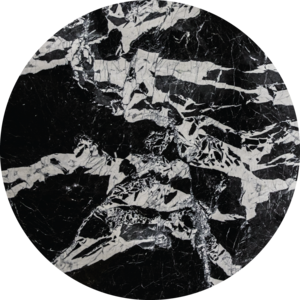
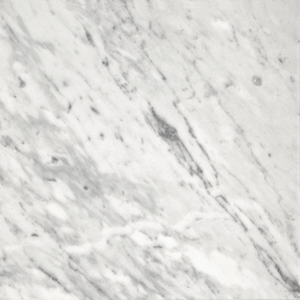

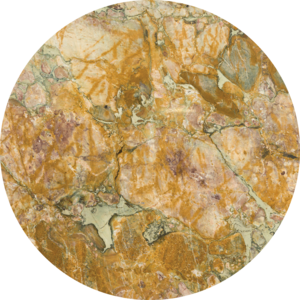
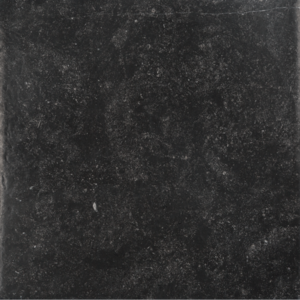
MODERN ANALOGUES
Left to Right: Bianco Carrara, Grand Antique & Porphyry Voila, Fleur De Pecher & Bianco Carrara
ORIGINAL MATERIALS
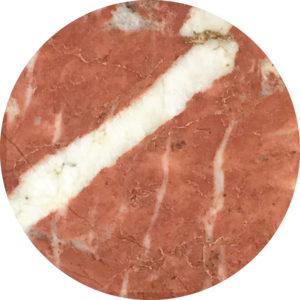
L'Histoire De La Sculpture













Image Courtesy of Chateau De Versailles
The Grand Trianon



MODERN ANALOGUES


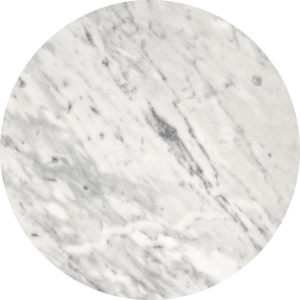
La Salle des Gardes, or the Queen’s Guard Room, was situated between the
Queen’s staircase (also known as the marble staircase) and the Royal Table Antechamber. As the name implies, the Guard Room employed twelve guardsmen at all time to protect the Queen. Typically, the queen’s private apartments were more modest than the king’s, but during Marie Antoinette’s reign, she defied the tradition and redecorated in the latest style.
The Guard Room is the only room in the Queen’s Apartments that today has been fully restored to its original 17th century décor, with elaborate marble paneling enhanced with gilded bronze.
It was through this room that the queen’s guards fulfilled their role, running to warn Marie Antoinette that rioters who had stormed the palace during the Women’s March on Versailles were coming for her head. The Queen escaped to the King’s apartments, where the King and Lafeyette were able to reconstitute the guards and calm the crowd, ending their
immediate peril – but also ending their reign over
Versailles, and eventually, France.







VERSAILLES


Le Grand Trianon began as a hamlet outside of Versailles when King Louis XIV first inherited it in 1668, and he originally constructed it of French Delft-style porcelain tile. 15 years after construction of the “Trianone de porcelain,” the pavilion had already deteriorated to the point where it required reconstruction. The king rebuilt the Trianon on a grander scale, this time opting for the far more durable red marble of Languedoc (Rouge du Languedoc), in place of porcelain, and the Grand Trianon, or the “Trianon de marbre” was born – in the form it retains to this day. The red Languedoc marble is the Grand Trianon’s standout feature, along with the checkerboard marble floor.
Set within an exceptionally large park, the Pavilion served as a private retreat
from formality and royal duty. The design, a column-lined loggia with a balustrade that runs around the flat roof, was heavily influenced by Roman architecture. It was a place King Louis XIV could escape to, either in solitude or with guests he had personally invited. One such guest, the Madame de Monstespan, was the king’s secret mistress, known as “the true Queen of France,” whose relationship with the king scandalized the nation, and resulted in seven children. It is said that the Grand Trianon was actually built for the Madame de Monstespan, whose extravagance and beauty was both inspired by and echoed in the voluptuous architecture
and appointments of the Palace of Versailles.
The Grand Style of


La Galerie des Glaces, or The Hall of Mirrors, is a 239 ft. long open
hall bedecked with 357 mirrors and 17 arches framing floor-to-ceiling windows. Every inch
of the ceiling is painted with a sequence of 30 allegorical compositions depicting France's military and diplomatic victories. The walls are accentuated with Rouge de Rance pilasters topped with capitals of gilded bronze in “the French style," which was trendsetting at the time of construction. The Hall was typically used as a meeting and waiting room, where courtiers and visitors crossed paths daily. On occasion it was also used as a ceremonial hall for significant events such as royal weddings and diplomatic receptions. The hall’s extensive use of mirrors and their vast dimensions served to demonstrate that France’s glass craftsmen could rival the Venetian mirror manufacturing monopoly that had long dominated the industry.
The Hall of Mirrors’ aesthetic carries over into the adjoining War Salon,
designed to pay tribute to the military victories that led to the peace treaty of Nijmegen - a
treaty that named Louis XIV as the arbitrator of Europe. The War Salon features an oval stucco
bas-relief sculpture depicting Louis XIV on horseback, trampling his enemies. No expense
was spared in the cladding of the War Salon with marble and bronze, with Languedoc reds, classic greens, complex whites, and a variety of black marbles once more taking
center stage in an extremely rich composition.


La Chapelle Royale, or The Royal Chapel, built between 1699 and 1710, was the fifth and final chapel to be built in the Palace. Featuring large stained-glass windows, and spanning two stories, the Royal Chapel is a mix of Baroque and Gothic style architecture. The ceilings feature illustrations of Roman Gods with Louis XIV featured as Apollo, God of the Sun. The marble floor, a polychromatic display of Campan Vert, Rouge Du Languedoc, Campan Rubane, Arabescato & Grand Antique, pays homage to King Louis XIV and the Catholic Saint Louis, with an inlaid "L" before the altar. The Chapel would later be deconsecrated during the 19th century, but would continue to be used for private events.
It was in La Chapelle Royale that princes and princesses were baptized and had their first communions. It was also where Marie Antoinette and King Louis XVI exchanged their wedding vows. In more recent years, former French President Nicolas Sarkozy and Carla Bruni were wed at the Royal Chapel, and though many speculated that Kim Kardashian and Kanye West would be married there, they instead opted to have their rehearsal dinner at the Palace followed by private, guided tours of the grounds.
The Palace of Versailles, home of French royalty, is among the greatest achievements of 17th century European architecture. The Kings and Queens of France were venerated as divine beings, and the interior of the Palace (Chateaux) was designed to reflect this belief, with accents and artwork that mimicked the interiors of Roman cathedrals.
King Louis XIV largely created the Palace of Versailles as it is known today, specifying the finest materials and commissioning the foremost architects and designers for the embellishment of the royal palace. The courts and wings of the palace displayed an impressive collection of exotic marble, exemplifying to all the great power and wealth of the monarchy. Many of the materials featured within the Palace of Versailles are no longer available, but fortunately, modern analogues exist. An exploration of the four most awe-inspiring spaces within the Estate of Versailles and their respective marbles will reveal how each material was used, and what modern equivalents can be
specified to achieve a similar aesthetic.





Image Courtesy of Chateau De Versailles
The Royal Chapel


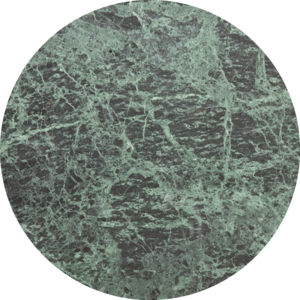

GRAND TRIANON
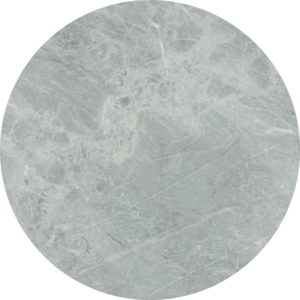
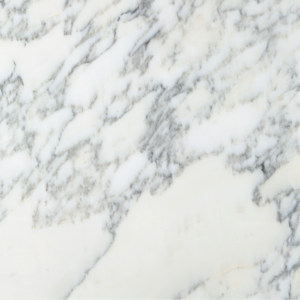
Left to Right: Campan Vert, Rouge Du Languedoc, Campan Rubane, Arabescato & Grand Antique
Le
01
02
CHAPELLE ROYALE

Image Courtesy of Chateau De Versailles
The Hall of Mirrors
La
ORIGINAL MATERIALS
GALERIE DES GLACES
La

03
Left to Right: Rouge Du Languedoc, Incarnat Turquin, Campan Rubané, Belgian Bluestone, Bianco Carrara & Trets



ORIGINAL MATERIALS
ORIGINAL MATERIALS


MODERN ANALOGUES
Left to Right: Emperador, Arabescato, Campan Vert, Sarrancolin, Incarnat Turquin, Rouge Du Languedoc, Campan Rubane & Grand Antique







SALLE DES GARDES


La

04


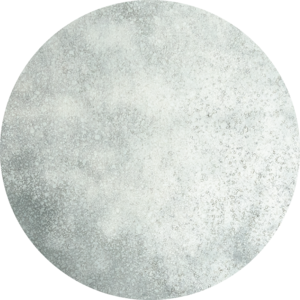
MODERN ANALOGUES


MODERN ANALOGUES
ORIGINAL MATERIALS


Left to Right: Grand Antique, Petit Antique, Noir Marquina, Incarnat Turquin, Rouge Du Langedoc & Arabescato



Image Courtesy of Chateau De Versailles
Queen's Guard Room


Like this post? Share it!
Coming Soon
Coming Soon
Coming Soon
Coming Soon

